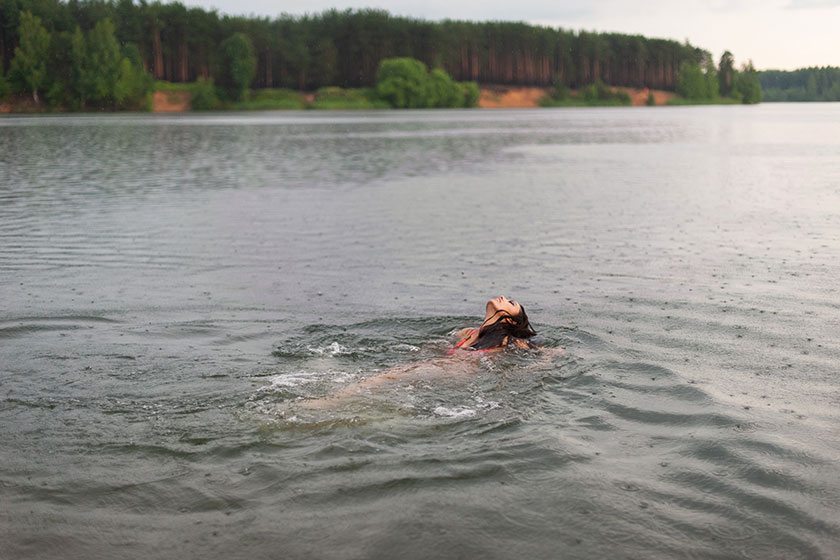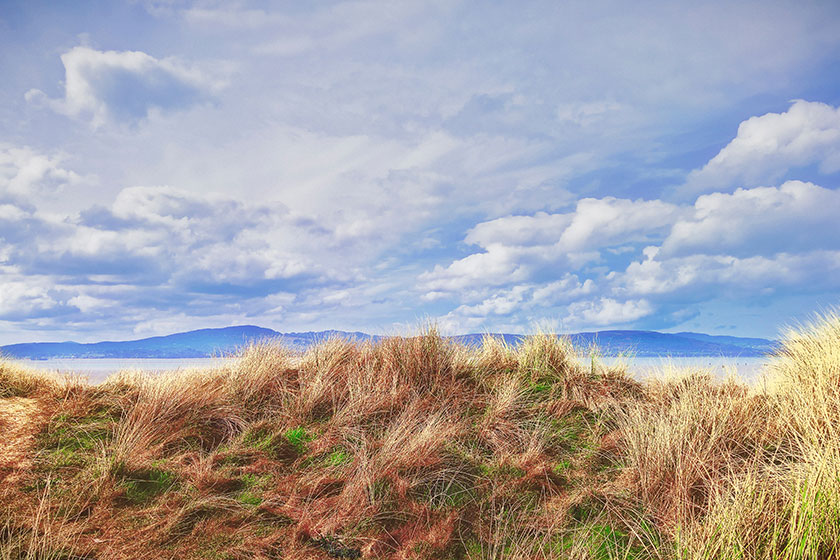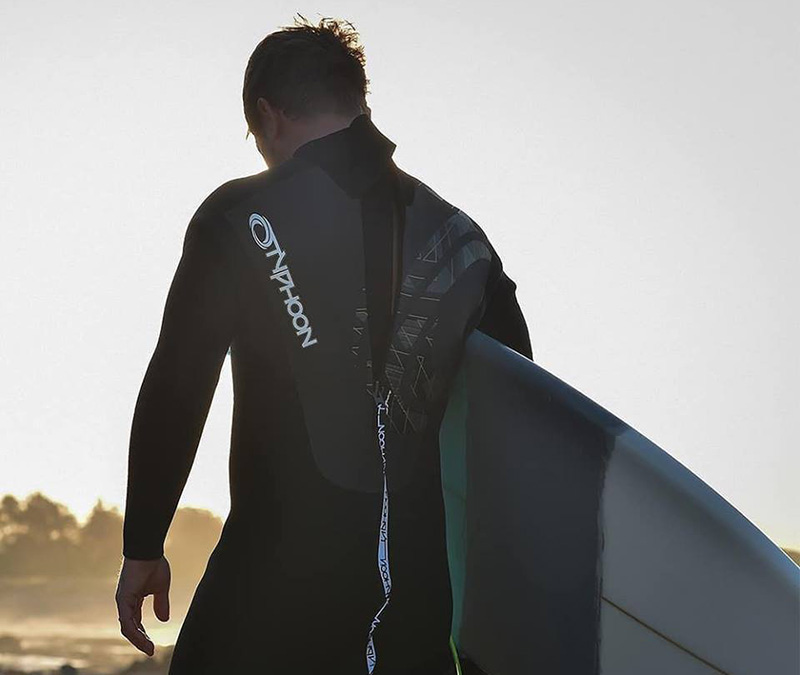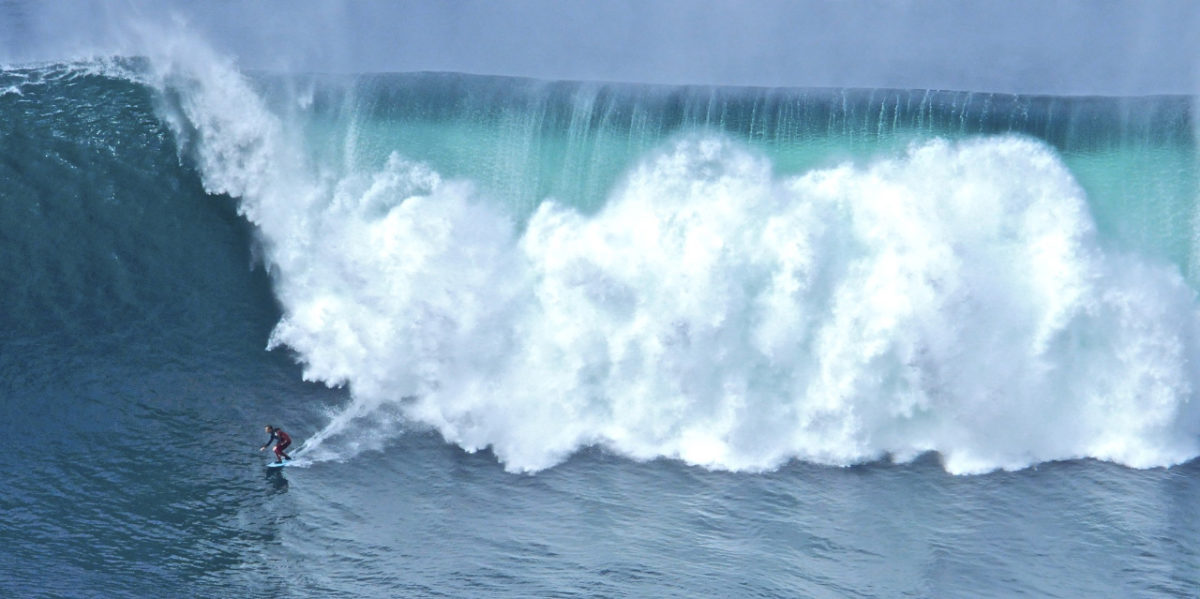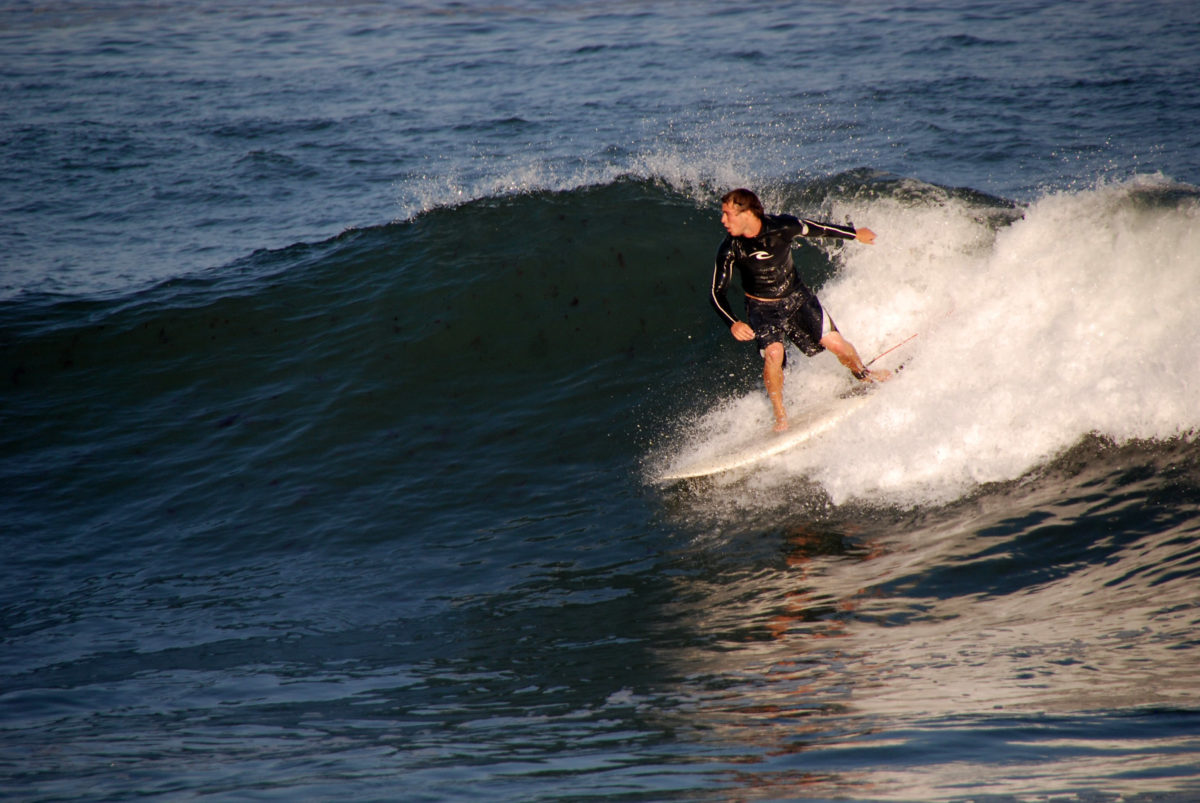Like ducks to water, Irish families are making a splash and enjoying water activities in increasing numbers this summer. Maybe it’s the ‘staycation’ phenomenon. Maybe everyone is feeling more adventurous after months of tortuous lockdown, but whatever the reason, Irish families are making taking a plunge with water based Outdoor Adventures this year. The range of organised water activities that are on offer is astounding. Surf schools, stand up paddle trips, diving and kayaking have all become more mainstream and accessible to all. Of course, Ireland has never been short of water. Most of it has been falling down on us incessantly. But when the sun shines, we have the best lakes, rivers and seas for all kinds of watery fun! Families are embracing these opportunities!
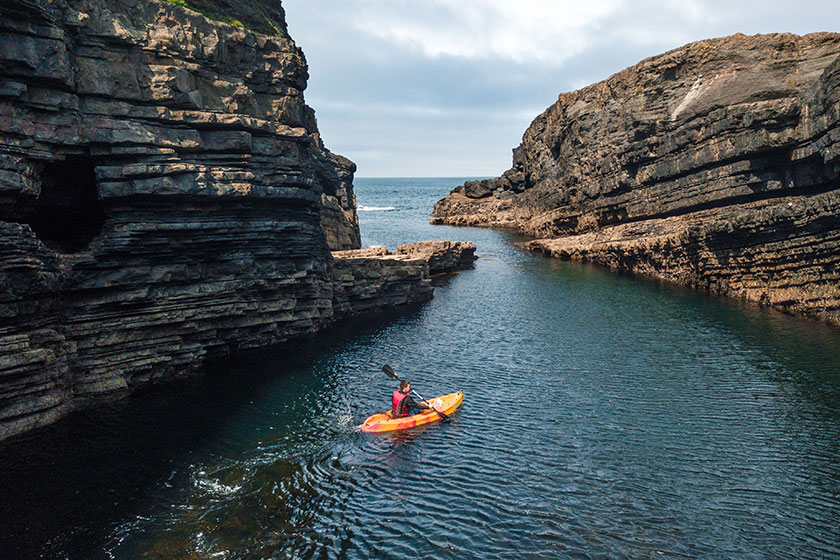
Stand Up Paddling
Supping, or Stand Up Paddling is a really pleasant water activity for all. Yes, you guessed it. It is standing up on a board and paddling along! A very gentle way to enjoy nature as you glide serenely along the lake or river. There is no age limit. No huge physical demands and it is so much fun. We have even heard of dogs who love hitching a ride on the paddle boards. There are lots of places offering this unique activity. It’s also good for social distancing! It is usually a calm, easy event, but supping can be done on any body of water from mild to wild. So supping the waves of the Atlantic is available too for the more adventurous types. Check out the best places to stand up and get paddling here.

Surfing
Surfing was once the sport of a few tanned demi-gods and goddesses, who strode down the beach as Jack Johnson music played loudly in the background, to paddle out proudly and ride the waves like the bosses they were. It’s not such a niche sport these days. Now the shorelines are full of surfers, young and old, in family groups, making the sport look genuinely easy and loving the waves. Bodyboarding is a great starter for the younger ones and there are surf lessons to be had at any sea side that is lucky enough to have waves. A wet suit can be hired, but if you like the sea, and you live in Ireland, it is not a bad idea to invest in one. Not every day is a day for the swimming togs and a wet suit can make the experience a much more enjoyable one. Check out our blog here on which wet suit you should choose. And if you are wondering if the surf is up? Check out this live cam from Strandhill Sligo before strapping the board to the car.
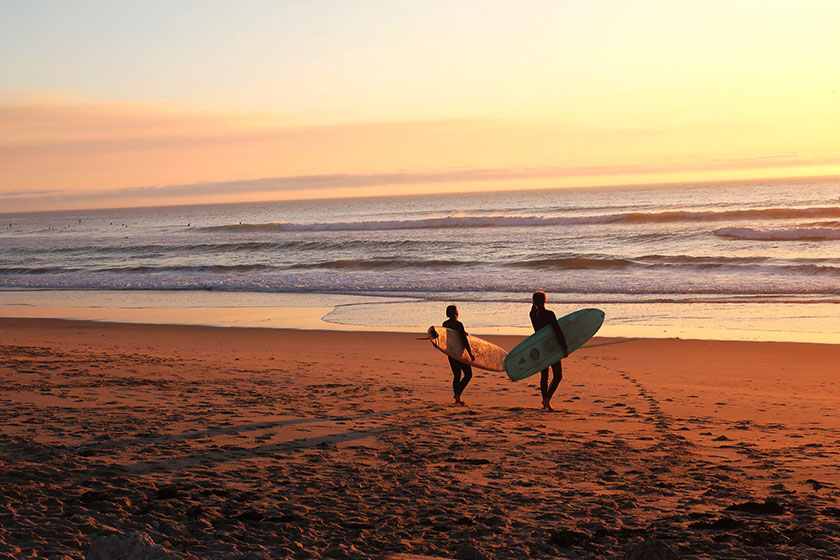
Wild Swimming
Yes, that’s the new cool term for swimming in wild waters. It could mean the sea, a river or a lake. Generally it refers to freezing cold swimming and those hardy folk who jump off the 40ft in Dublin, Salthill pier in Galway and lots of other wild windy spots. The die-hard types who even swim when, and especially when, there is snow falling! For the rest of us mere mortals, wild swimming means checking the lifeguards instructions, making sure it’s a safe place, a warm day and plunging in within our depth, to enjoy splashing each other and swimming in nature. Buoyancy aids for kids are an extra safety precaution and will allow the young ones to appreciate the freezing cold waves even more. At Outdoor Adventure Stores we carry typhoon brand, which we find to be great value and totally reliable. Swimming never gets old.
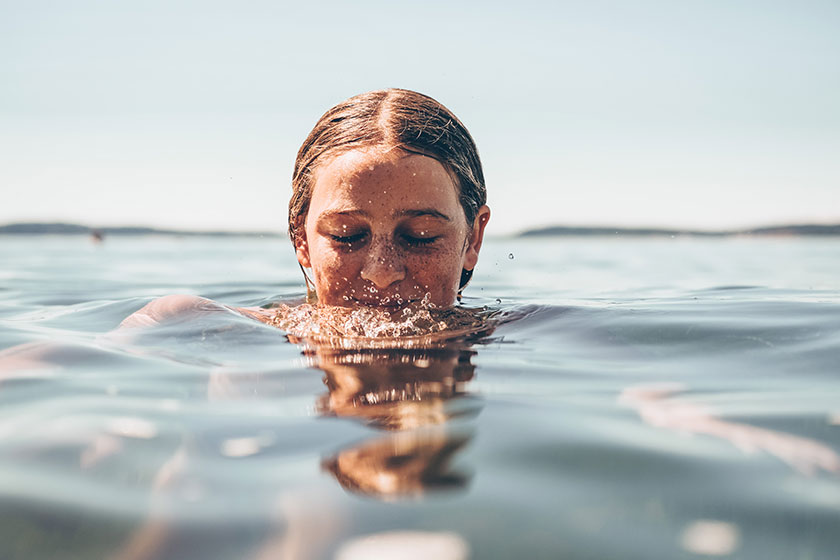
Kayaking
Kayaking is hugely popular in Ireland. Some love the gentle paddle on a calm lake and others crave the wild white waters of Mountain Rivers. Whatever your kayaking preferences, the beginner sessions for all ages, including the children, are a relaxed and calm way to experience kayaking. Give it a GO! Family kayaking sessions in Dublin are perfect for getting started, learning new skills and having a fun. In no time, you will be hooked on one of Ireland’s fastest growing water activities. Enjoy learning to kayak at the scenic canal location and the stunning Dalkey coastlines lend itself to sheer pleasure. But there are opportunities to kayak all over Ireland now and your outdoor adventure with a paddle awaits.
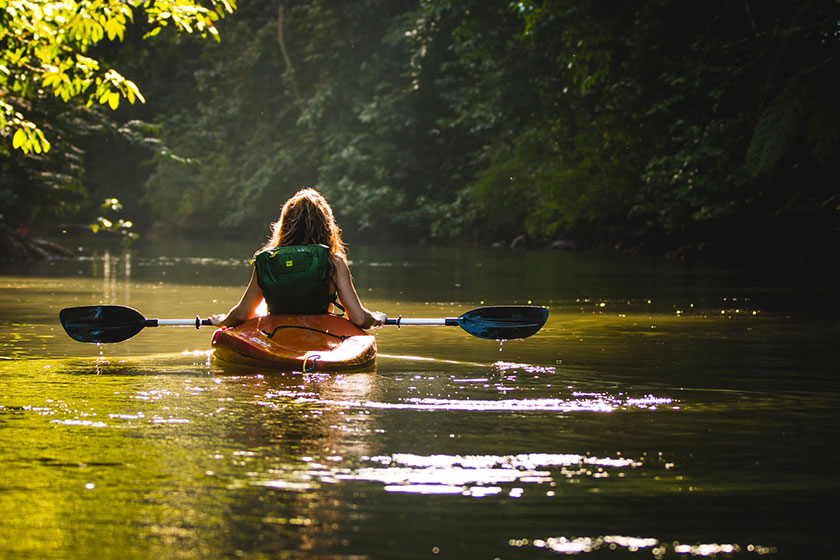
Scuba Diving
The best scuba diving in the world may well be on your doorstep. The famous marine biologist, diver, explorer, Jaques Cousteau once said that some of the very best diving was ‘at the northern side of the Dingle Pennisular, where the Atlantic meets the Brandon Mountains in exceptional beauty’. No one will argue with him. Ireland’s coastland and islands offer amazing diving experiences. Scuba diving is another fast growing water activity. Scuba Dive West in Galway and Baltimore Dive Centre in Cork, both report sell out classes this summer. It is not surprising. The wealth of marine life to be seen just a few meters offshore is just awesome. Check out these spots for the best diving.
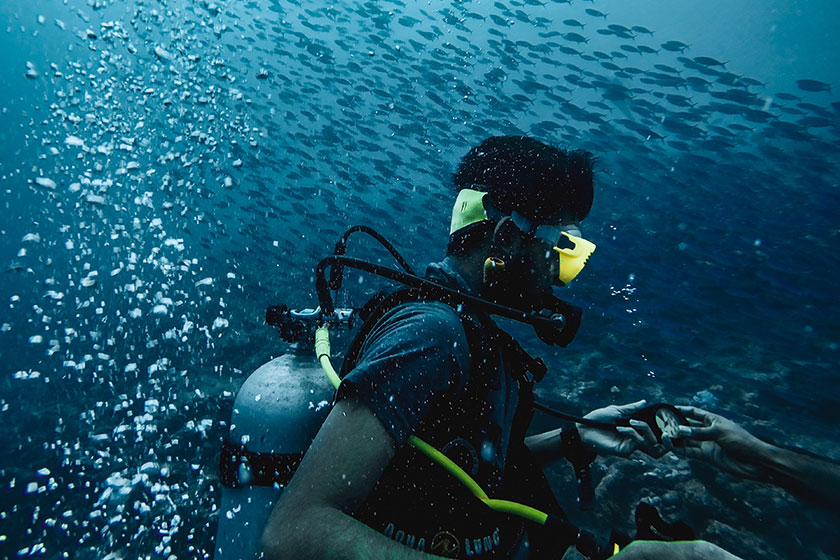
Snorkelling
If you don’t fancy scuba diving, then why not try snorkelling. It’s accessible to all ages, and relatively easy to do. The trick is to find a nice easy spot to enter the water. Since Ireland has a rocky coastline, finding a safe place to snorkel can be a challenge. Avoid steep cliffs and find a walking path leading to the water. There are great snorkel friendly beaches on the west coast in County Donegal, Mayo, Sligo, Clare and Kerry. Equipment can be hired or purchased and snorkelling is easy on the environment and apparently good for your wellbeing too! With over 3,000 miles of coastline, we have endless opportunities to lie face down peering at the watery underworld. Get more information from the professional snorkelers here.
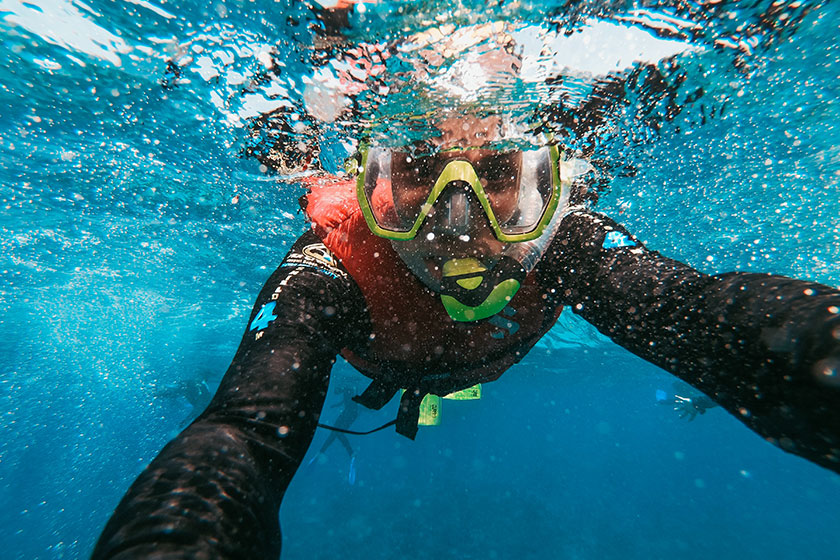
Safety
With aqua parks, boat hire, canoeing and all manner of water sports to investigate and enjoy, it is possible for your family break to be less land/earthbound and more on the waves. However, safety should always be the first and last thing on your mind when taking wee ones and older ones out on the water. Follow all the safety guidelines for each activity and for each geographical area. Learn to swim competently and ensure that the more vulnerable family members wear lifejackets etc.
Ireland’s love of water based activities is set to grow and grow as we all become more adventurous and enthusiastic about trying new things. From swimming to diving and from surfing to water skiing we will all be at sea!
It’s not surprising, we do live on an island after all. So dive on in and try something new this summer.
